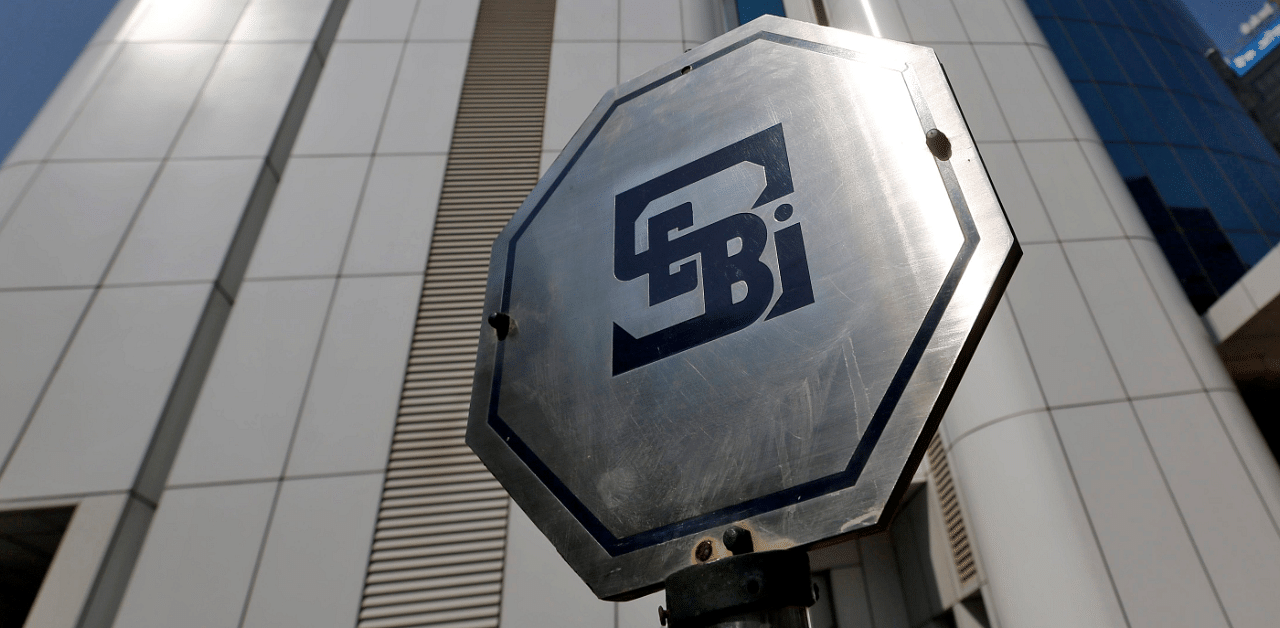
Come July 1, Sebi's new rules for ETFs and passive funds come into force. Having been around for a few decades, and with large sums now committed to the Passive ETF space by the largest pension fund EPFO (also the largest single fund in the country), Sebi formulated a working group from industry representatives to see how these could smoothen the functioning of the ETF market.
As a starting point for wider reform, the circular addresses concerns of issuers, authorised participants, market makers and investors while helping all come up to speed with market developments.
The biggest changes are in the bond markets (excluding Bharat Bond - largely the thought has been to leave existing large pools unaffected).
Corporate bonds have been languishing and ETFs are seen as a way for investors to participate in the market and pick up attractive yields currently available without taking liquidity and risking monied with single issuers. Managers are allowed leeway by ensuring minimum 60% of index securities need to account for 80% of NAV and non-index securities should not exceed 20% while minimum 8 issuers should be included from the underlying index.
This separate set of rules for fixed income will go a long way in inducing liquidity in bond markets by trading baskets as well as ensuring ETF operations when there are liquidity issues like a few fund closures we have seen in the recent past.
This larger pool of issuers helps with ETF liquidity in inclement market conditions.
Similarly, single names (issuers) in the ETF / passive portfolio are restricted to AAA: maximum 15%, AA: maximum 12.5% and A & below: maximum 10%, which is very useful for risk control with these limits on riskier securities.
A varied pool of issuers balance investor rewards with safety allowing indexers and fund managers to create laddered bond portfolios.
One of the other problems addressed is exposure aggregation. Often, we see group entities lending to one another, leaving investors with exposures to industries like real estate or infrastructure when they may have wanted just media exposure.
To this end group wide limits are imposed and cannot exceed 25% and with single sectors capped at 25% of the NAV.
With this in place, a hybrid debt passive fund (and ETF) category is possible where 80% of securities need to be corporate bonds with single issuers capped at Corp AAA: max 10% and G-Sec/PSU AAA: maximum 15%. With those a fund or ETF can have AA rated bonds to a maximum of 8% and A & below <6%.
For equities, the new fund is a passive ELSS. However, the fund house can have only one option – passive or active ELSS. As these are long term holdings, it will give investors an opportunity to compare passive against active management over longer periods.
Within the passive space, iNAVs are to be available on the exchange, tracking errors and tracking difference too needs to be published and freely available allowing investors and advisors access to critical information not readily available in the past.
One of the complications with the Indian ETF market has been exchange liquidity. In a first step to address it and to drive volumes on the exchange, the regulator has now mandated a direct with AMC transaction limit of Rs 25 crores (albeit with some caveats) unless one is an authorised participant in which case, they can get lower tickets.
These are by no means the be all and end of regulatory inputs. While we can see some nuanced market developments dovetailed by appropriate regulation going forward. With the current changes, we are sure to see renewed interest in the product directly and for overlying strategies. Investors will directly benefit with finer ricing, lower tracking errors, better information flow as well as a wider basket of available products.